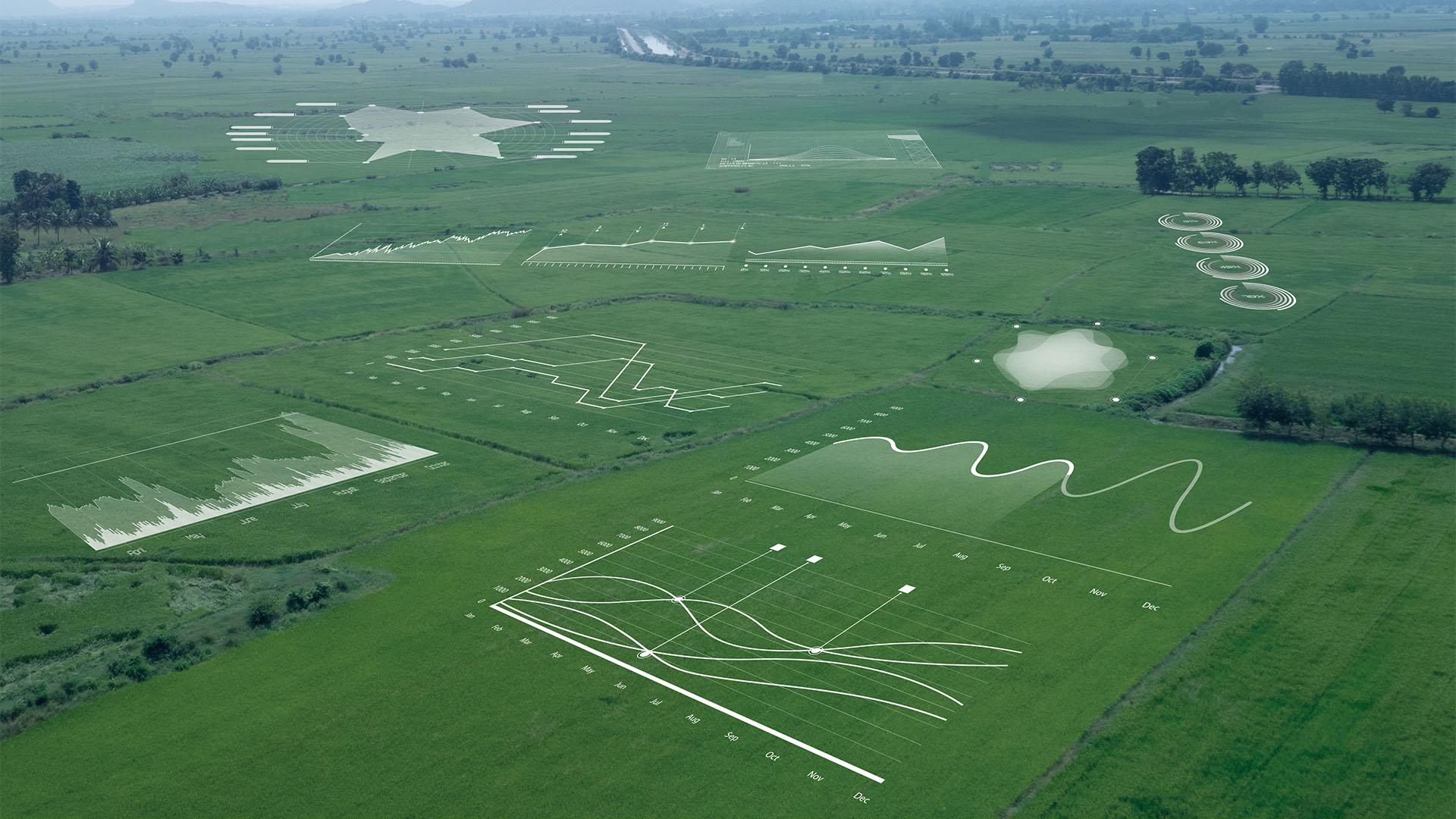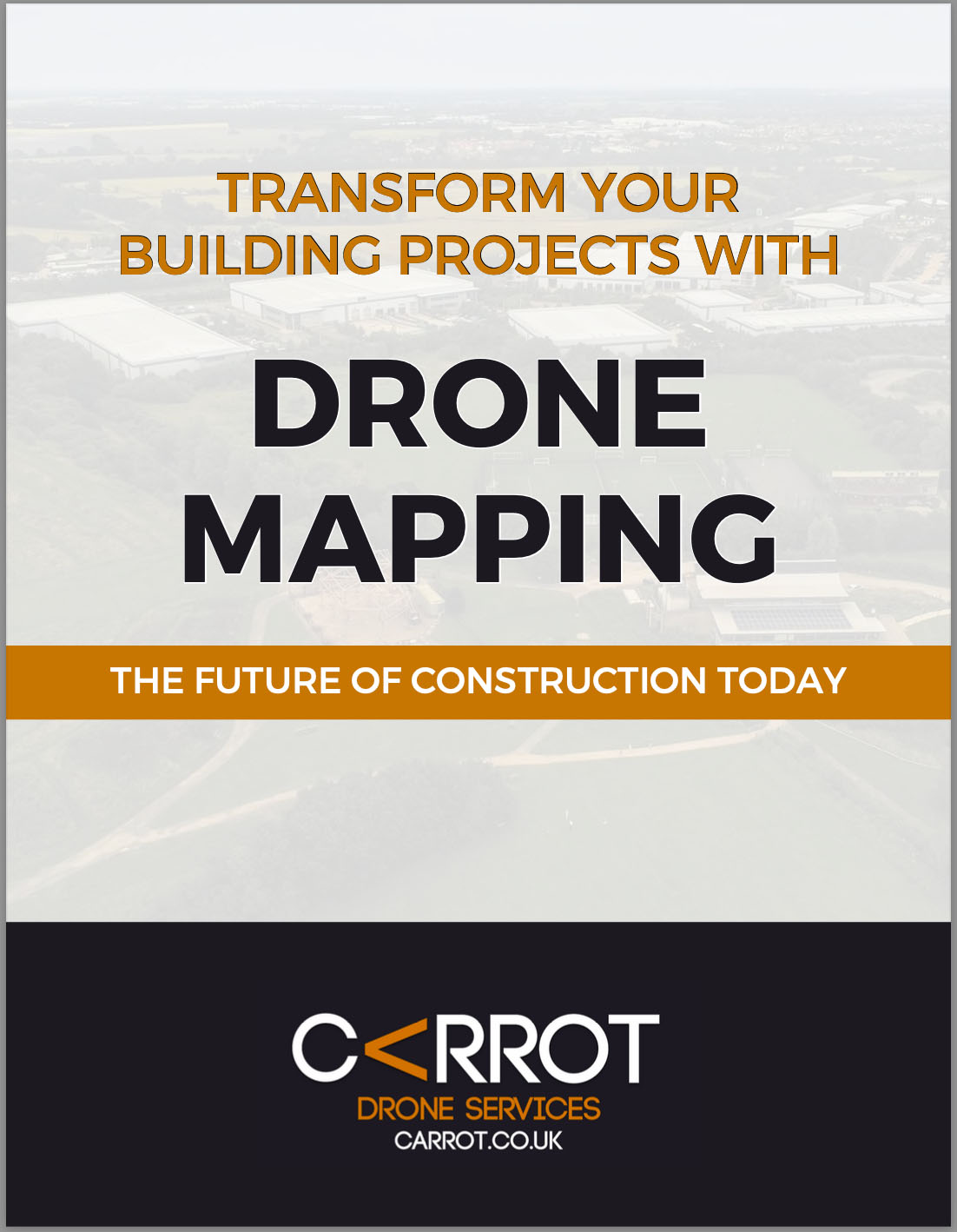Read Time 5 mins
18/01/2024

Introduction
Overview of Land Development Challenges
Land development, a crucial facet of urban growth and infrastructure expansion, is fraught with complexities and challenges. Each project presents a unique set of obstacles, ranging from geographical constraints and environmental concerns to regulatory hurdles and community acceptance. The process of transforming raw land into construction-ready sites demands meticulous planning, precise surveying, and a deep understanding of the terrain. In this intricate dance, one misstep could lead to costly delays, legal entanglements, or environmental mishaps.
Purpose of the Article
This article delves into the innovative applications of drone technology in the realm of land development. Our focus is on exploring how drones are revolutionising this field by identifying unbuildable areas, streamlining the process of obtaining planning approvals, enhancing environmental sustainability, and ensuring regulatory compliance. We will delve into specific aspects such as the use of topographic drone LiDAR maps for construction site analysis, terrain and topographical analysis, and the pivotal role drones play in resolving disputes between contractors and tradesmen.
Table of Contents
Identifying Unbuildable Areas with Drone Technology
Importance of Accurate Land Assessment
Identifying areas that are unsuitable for construction at the outset of a land development project is critical. Unbuildable areas can arise due to a variety of reasons such as unsuitable soil conditions, flood risks, or environmental conservation restrictions. Early identification of these areas is essential to prevent significant financial losses, project delays, and legal complications. Accurate land assessment ensures that developers can make informed decisions about land use, project feasibility, and resource allocation.
Role of Drones
Drones are revolutionising the way unbuildable areas are identified and assessed. Equipped with advanced sensors and imaging technologies, drones can survey vast tracts of land quickly and with high precision. They provide detailed aerial views and collect data that might be difficult or time-consuming to gather through traditional ground-based surveys. This data can then be analysed to pinpoint areas that are unsuitable for construction due to various environmental, legal, or physical constraints. The use of drones not only speeds up the assessment process but also enhances its accuracy, leading to better decision-making in the initial stages of land development.
Community Opinion and Planning Approval
Engaging with the Community
The success of a land development project often hinges on the support of the local community. Gaining planning approval is not just about meeting regulatory standards; it's also about understanding and incorporating the opinions and concerns of those who will be affected by the development. Effective community engagement provides valuable insights into local perspectives, helps mitigate opposition, and fosters a sense of collaboration and goodwill. It's a crucial step in ensuring that the development not only benefits the investors but also aligns with the needs and expectations of the community.
Drones for Community Engagement and Visualisation
Drones offer an innovative approach to engaging communities in the planning process. By providing aerial footage and 3D models of proposed developments, drones can help people visualise the impact of the project on their surroundings in a way that traditional blueprints and models cannot. This visual representation can be a powerful tool in public meetings and consultations, making the development process more transparent and accessible to non-professionals. Additionally, drones can be used to simulate the before-and-after scenarios of a project, providing a clear and engaging way to present the project’s benefits and address potential concerns. This level of engagement can play a pivotal role in gaining community support and smoothing the path to planning approval.
Environmental Sustainability and Regulatory Compliance
Sustainability in Land Development
In today's world, environmental sustainability is not just a moral imperative but also a critical component in the success of any land development project. Sustainable practices help ensure that the development minimises ecological impact, conserves natural resources, and contributes positively to the environment. Adhering to environmental regulations is not only about compliance but also about contributing to a sustainable future. Developers must navigate a complex web of environmental laws and regulations, which vary greatly depending on the location and nature of the project. Effective management of these aspects is essential for the project's viability and its acceptance by both regulatory authorities and the public.
Drones for Environmental Monitoring
Drones play a vital role in achieving environmental sustainability and regulatory compliance in land development. Equipped with advanced sensors and cameras, drones can monitor environmental conditions and track changes over time. They provide invaluable data for assessing environmental impact, such as soil quality, water resources, vegetation cover, and wildlife habitats. This data is crucial for ensuring that development plans are in compliance with environmental regulations and for making necessary adjustments to minimise ecological impact. Moreover, drones offer a way to conduct these assessments with minimal disturbance to the environment, making them an eco-friendly choice for environmental monitoring.
Using Topographic Drone LiDAR Maps
Advanced Mapping Techniques
Light Detection and Ranging (LiDAR) technology represents a significant advancement in topographic mapping. When integrated with drone technology, LiDAR provides a powerful tool for creating high-resolution, three-dimensional maps of land surfaces. Unlike traditional surveying methods, drone-based LiDAR can efficiently cover large areas, providing detailed topographic data even in regions that are difficult to access. This technology works by emitting laser pulses towards the ground and measuring the time it takes for each pulse to bounce back. The result is a highly accurate representation of the Earth's surface, including vegetation, buildings, and other structures.
Benefits in Construction Sites
The use of topographic drone LiDAR maps in construction site planning offers numerous benefits. These maps provide developers and construction teams with an unprecedented level of detail about the terrain. This information is crucial for making informed decisions about site layout, design, and construction logistics. Drone LiDAR maps can reveal subtle topographical features that might impact construction, such as slight variations in elevation, potential drainage issues, or the presence of natural habitats. Having access to this level of detail helps in mitigating risks, optimising the use of materials, and planning for effective environmental conservation measures. Moreover, the efficiency and accuracy of drone LiDAR mapping significantly reduce the time and cost associated with traditional land surveying methods.
Terrain and Topographical Analysis
Understanding the Terrain
Detailed terrain analysis is a cornerstone of successful land development. Understanding the nuances of the terrain is crucial for many aspects of development, from initial planning to the final construction. Terrain analysis involves examining the physical features of the land, including elevation, slope, soil type, and drainage patterns. This information is vital for determining the feasibility of a project, designing infrastructure, and implementing effective land management strategies. Without a comprehensive understanding of the terrain, developments are at risk of encountering unforeseen problems, which can lead to costly delays and environmental issues.
Drones for Enhanced Analysis
Drones have emerged as a key tool in providing superior terrain and topographical data for land development projects. Equipped with advanced imaging technologies, drones can capture detailed information about the land surface from the air. This aerial perspective offers several advantages over traditional ground-based surveys. Drones can cover large areas quickly and efficiently, providing real-time data that is both accurate and comprehensive. They are particularly useful in accessing hard-to-reach areas or in terrain that is difficult to navigate on foot. The data collected by drones can be used to create detailed topographic maps, 3D models, and other visualisations that are invaluable for terrain analysis. This level of detail assists developers in making more informed decisions, ultimately leading to more successful and sustainable land development projects.
Resolving Contractor and Tradesman Disputes
Common Disputes in Land Development
Disputes between contractors and tradesmen are not uncommon in the land development sector. These disagreements can arise from various issues such as discrepancies in project specifications, timeline delays, or misunderstandings over the scope of work. Such disputes can hinder project progress, lead to financial losses, and damage professional relationships. Resolving these conflicts swiftly and fairly is crucial for maintaining project momentum and ensuring a harmonious work environment. Understanding the typical nature of these disputes can help in developing strategies to prevent and manage them effectively.
Drones as a Tool for Dispute Resolution
Drone technology is increasingly being recognised as a valuable tool for resolving disputes in land development projects. Drones provide an objective, bird's-eye view of the construction site, capturing detailed and up-to-date visual data. This data can be crucial in clarifying misunderstandings and providing a factual basis for discussions. For instance, drones can document the progress of work, verify compliance with project plans, and monitor the use of materials and resources. By providing clear and indisputable visual evidence, drone data can play a pivotal role in resolving conflicts, facilitating transparent communication, and ensuring accurate project tracking. As such, drones not only aid in dispute resolution but also contribute to more efficient and effective project management.
Case Studies and Real-World Applications
Practical Examples
Drones have been instrumental in transforming various land development projects around the world. For instance, in a large-scale residential development project in California, drones were used to survey the land and identify potential geological hazards, significantly reducing the survey time and cost. In another example, a development project in the UK utilised drone technology for environmental impact assessment, ensuring compliance with stringent environmental regulations and minimising ecological disruption. These examples underscore the versatility and effectiveness of drones in enhancing the efficiency, accuracy, and sustainability of land development projects.
Conclusion
Summarise Key Points
Throughout this article, we have explored the multifaceted role of drone technology in land development. Drones offer unparalleled advantages in identifying unbuildable areas, engaging with communities for planning approvals, ensuring environmental sustainability, and resolving contractor disputes. The integration of advanced mapping techniques like LiDAR and the ability to perform detailed terrain and topographical analysis further demonstrate the critical role of drones in modern land development.
Future Outlook
Looking ahead, the potential applications of drones in land development are bound to expand. With advancements in drone technology and data analytics, we can anticipate even more sophisticated and integrated solutions. Drones will continue to play a vital role in making land development projects more efficient, environmentally friendly, and cost-effective. The future of land development is poised for a new era of innovation, with drones at the forefront of this transformation.
